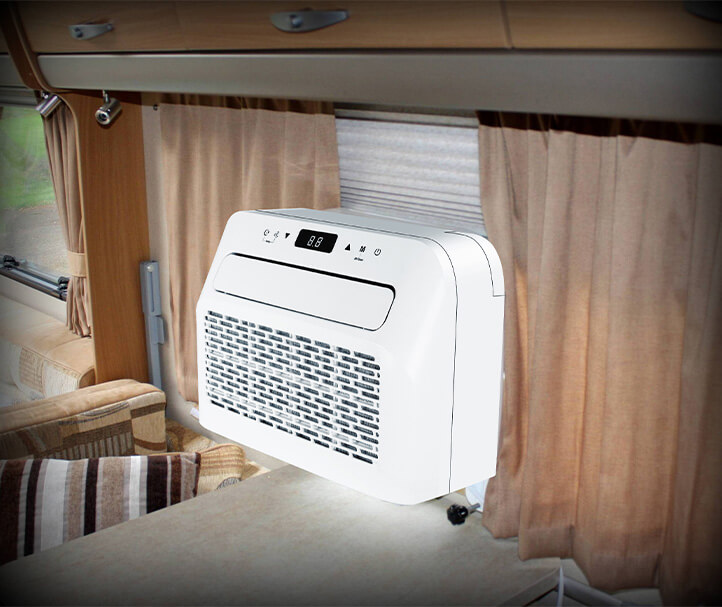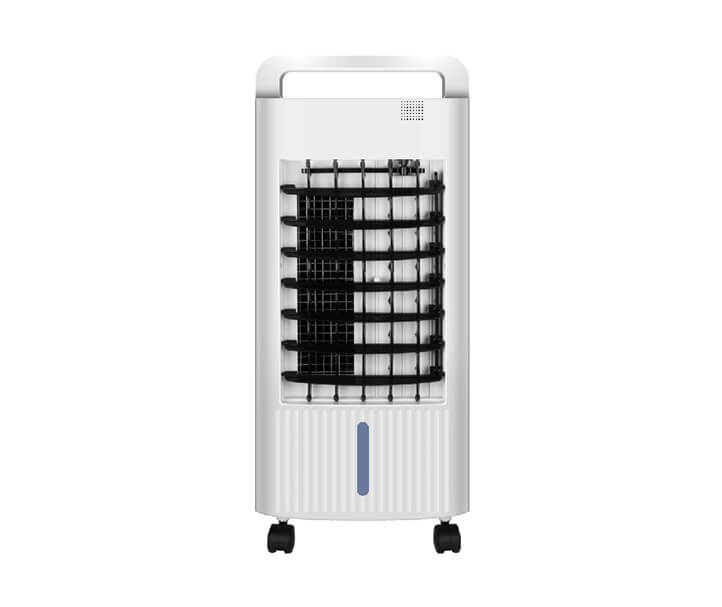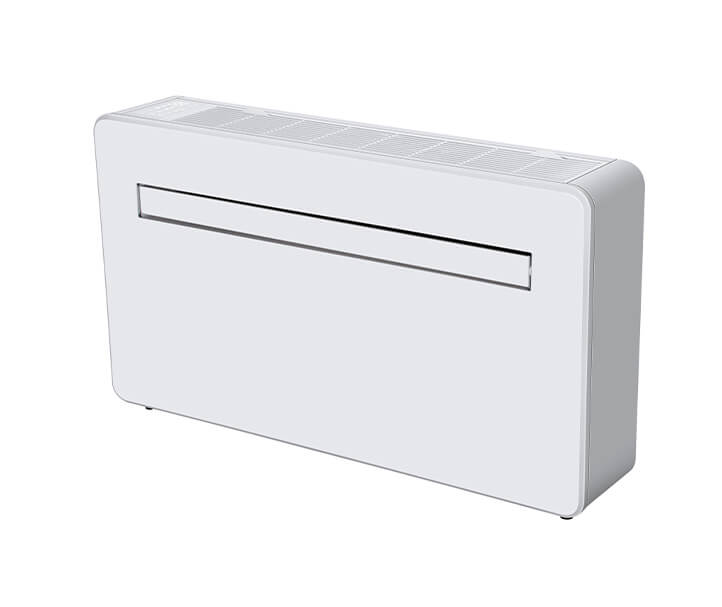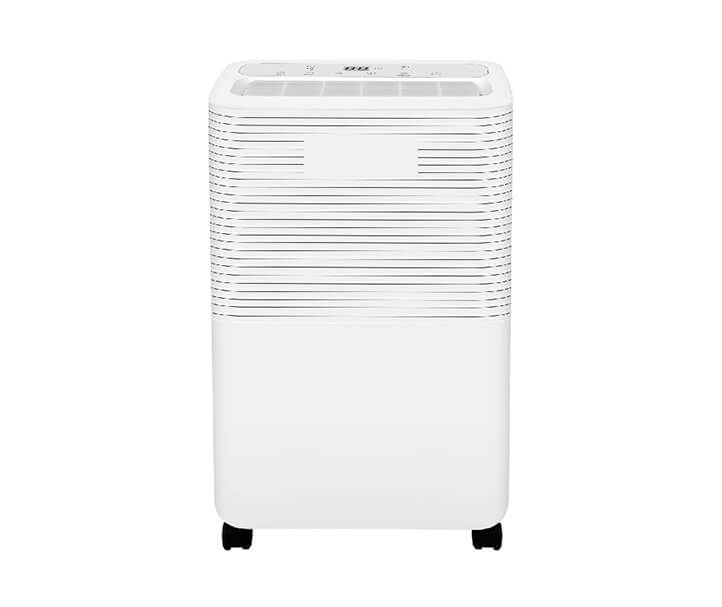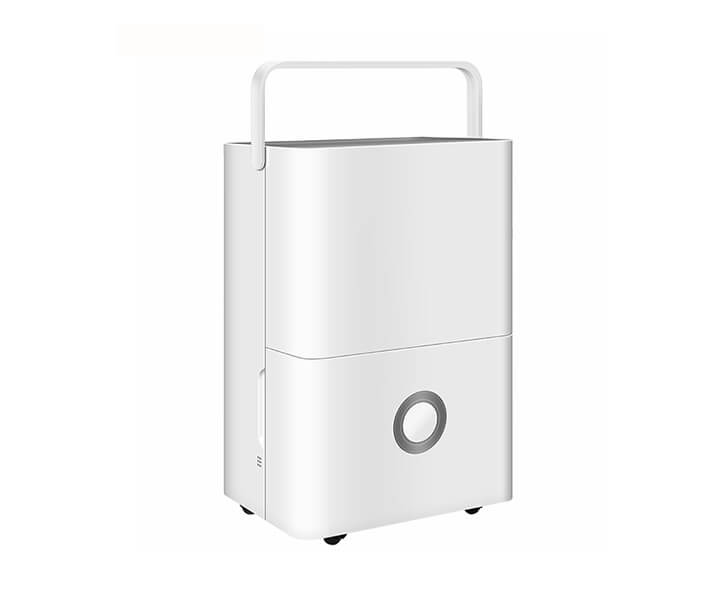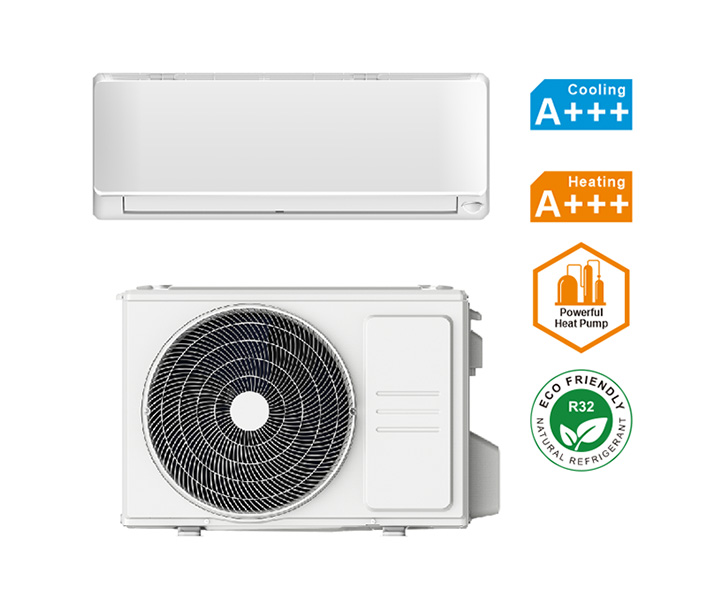
infrared heater coating
2023-08-08 19:01:55
Enhancing Heat Transfer and Energy Efficiency
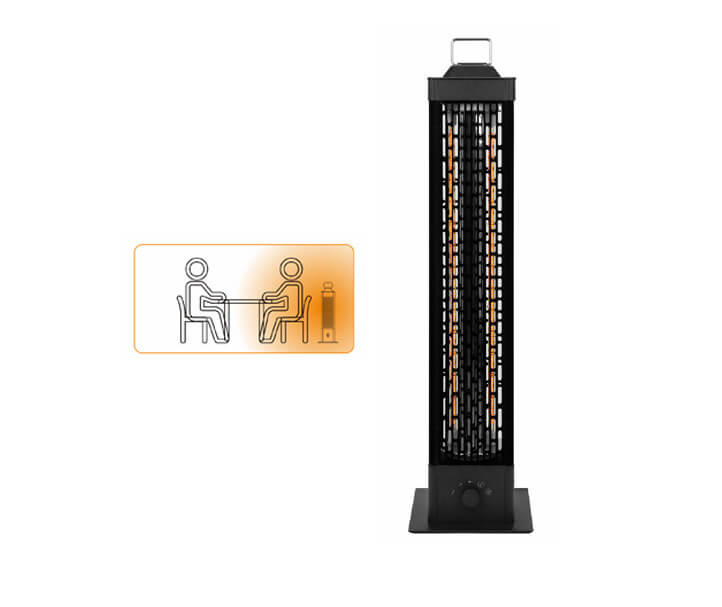
Infrared heater coating is a vital aspect of enhancing the performance and efficiency of infrared heating systems. By applying specialized coatings to the heating elements, these coatings can optimize heat transfer, reduce energy consumption, and improve overall heating efficiency. This article will delve into the different types of coatings used for infrared heaters, their benefits, and their applications.
1. Reflective Coatings
Reflective coatings are specifically designed to enhance the reflective properties of the heaters. These coatings are applied to the emitter surface, allowing them to reflect heat back toward the target area. The highly reflective nature of these coatings ensures minimal heat loss, resulting in increased energy efficiency. Furthermore, these coatings help to evenly distribute heat, facilitating more uniform heating throughout the desired space.
2. Carbon-Based Coatings
Carbon-based coatings are widely used in infrared heating systems due to their exceptional thermal properties. These coatings are applied to the emitter elements, boosting their ability to emit and transfer heat efficiently. Carbon coatings have high heat conductivity, allowing them to effectively distribute heat across the surface area and minimize heat loss. Additionally, these coatings offer excellent corrosion resistance, enhancing the durability and longevity of the heating elements.
3. Anti-Fouling Coatings
Infrared heaters can sometimes be subjected to fouling, such as dust, dirt, or other contaminants, which can degrade their performance. Anti-fouling coatings are specifically developed to mitigate this issue. These coatings create a protective barrier on the heater surface, reducing the adhesion of foreign particles and preventing fouling. By maintaining a clean surface, these coatings ensure optimal heat transfer and prevent any potential energy loss.
In conclusion, the application of infrared heater coatings plays a crucial role in maximizing the efficiency and performance of infrared heating systems. Reflective coatings help to minimize heat loss and ensure uniform heat distribution. Carbon-based coatings enhance the heat transfer capabilities of the emitters while providing excellent durability. Anti-fouling coatings prevent fouling and maintain optimum energy efficiency. By utilizing these specialized coatings, users can enjoy the benefits of improved heating performance, reduced energy consumption, and prolonged lifespan of their infrared heaters.
Get the latest price? We'll respond as soon as possible(within 12 hours)



